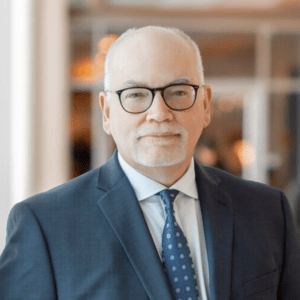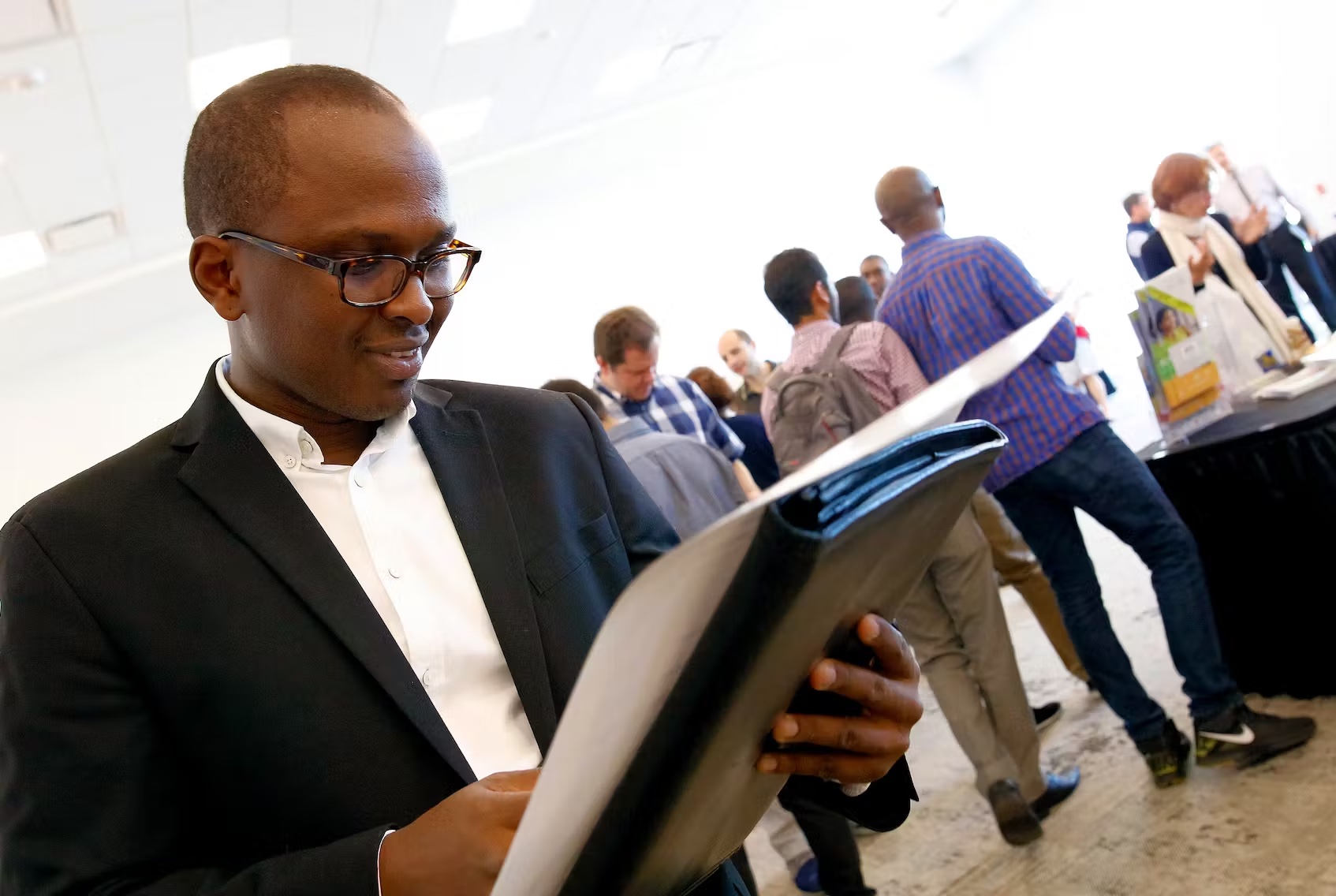While Moncton’s economic growth rate is slowing, it’s continuing to rise and much of that increase is being driven by a flood of immigrants who want to call Canada’s only officially bilingual city home.
According to the Conference Board of Canada, Moncton’s gross domestic product is expected to climb by 1.7 per cent in 2023 and another 0.6 per cent in 2024.
The city’s favourable situation is being propelled by strong population growth, due in part to international migration, along with an uptick in construction, manufacturing, public administration and healthcare, the Conference Board stated in a news release.
GDP is a measuring stick for the monetary value of final goods and services.
While Moncton’s GDP forecast represents a drop of 1.8 per cent from last year, Kevin Silliker, the city’s director of economic development, said the latest research still represents positive news for the city.

“This is about where we expected to be,” Silliker told New Canadian Media. “We know we are coming through a very intense growth period and there is always a little bit of a (drop]) afterwards but it allows a little bit of catch-up time. We don’t really consider it a downslope. It is probably more of a levelling off kind of thing.”
Based on the 2021 census, contributing countries to Moncton’s population surge include the Philippines, India, Nigeria, Syria, France, China, Morocco, Ukraine, Vietnam, and South Korea.
French immigration remains a key part of the overall strategy.
John Wishart, CEO of the Chamber of Commerce for Greater Moncton, said the bilingual nature of the area has always been a strong part of its economic growth.
“With the number of native-born French speakers dropping slightly, it puts the onus on the region to attract French speakers from other countries,” Wishart said. “Our local immigration strategy has a target of 30 per cent francophone immigration. We aren’t quite there yet but are making strides. The federal government’s decision to create a centre on francophone immigration in Dieppe should help in those attraction efforts.”
In its report, the Conference Board said Canadian cities will see muted growth throughout the remainder of 2023 and into 2024 as inflation and higher interest rates persist, weighing down consumer activity.
After a weak 2022, Moncton’s labour market is forecast to gain about 1,360 jobs this year, an increase of 1.6 per cent, the board noted.

Taylor Gadde, manager of integrated communications for the Conference Board, said the organization doesn’t do reports for Fredericton, Saint John or Charlottetown and that Halifax is part of a different group which will be released in the next month or two.
According to the conference board, Moncton’s population is expected to rise 3.4 per cent in 2023, “benefiting from increased international migration,” after jumping by 6.1 per cent in 2022.
Silliker said the city’s immigration strategy calls for between 2,400 to 3,500 per year.
“We have been hitting and exceeding those targets in recent years.”
Before the population boom, Silliker said Moncton was receiving around 2,000 persons per year with that growing to as many as 8,000 before leveling to around 3,500.
In a May interview, Mayor Dawn Arnold said newcomers and students are choosing Moncton for the economic opportunities coupled with the benefit of short commute times, relatively affordable cost of living, and a welcoming and safe community.
Silliker said the city will continue to address the infrastructure needs within the community, especially related to the population growth.
“Right now, it’s tight, there is no doubt about that, but people are finding [housing] units.”
Silliker said people are adapting with two single individuals sharing a unit, instead of being on their own. Multigenerational families are also living together.
“I wouldn’t say that everything is perfect in that sphere,” Silliker said. “We still need continued housing developments and more growth. There is a lot of new construction that is happening, which is positive.”
Silliker said the city is doing some studies and bringing forward applications to other levels of government for housing opportunities and opportunities to create more housing supply in the area.
— This story was produced in partnership with SaltWire and New Canadian Media.

Michael Staples
Michael Staples is a retired daily newspaper reporter from New Brunswick with more than 30 years experience. He has travelled extensively with Canada’s military and has reported from Croatia, Bosnia-Herzegovina, Kosovo and Macedonia during the Balkans War and from Haiti in 2004 following a three-week bloody rebellion that saw then-president Jean-Bertrand Aristide flee the country. He has also written extensively about Canada's involvement in the Afghanistan War. Michael has considerable experience covering crime, justice and immigration issues. In 1999 he was the lead journalist reporting on the airlift of hundreds of refugees from Kosovo to Canadian Forces Base Gagetown. He has been nominated twice for Atlantic Journalism Awards.




